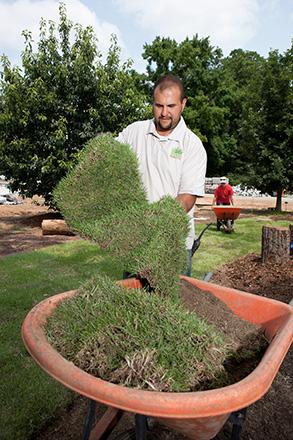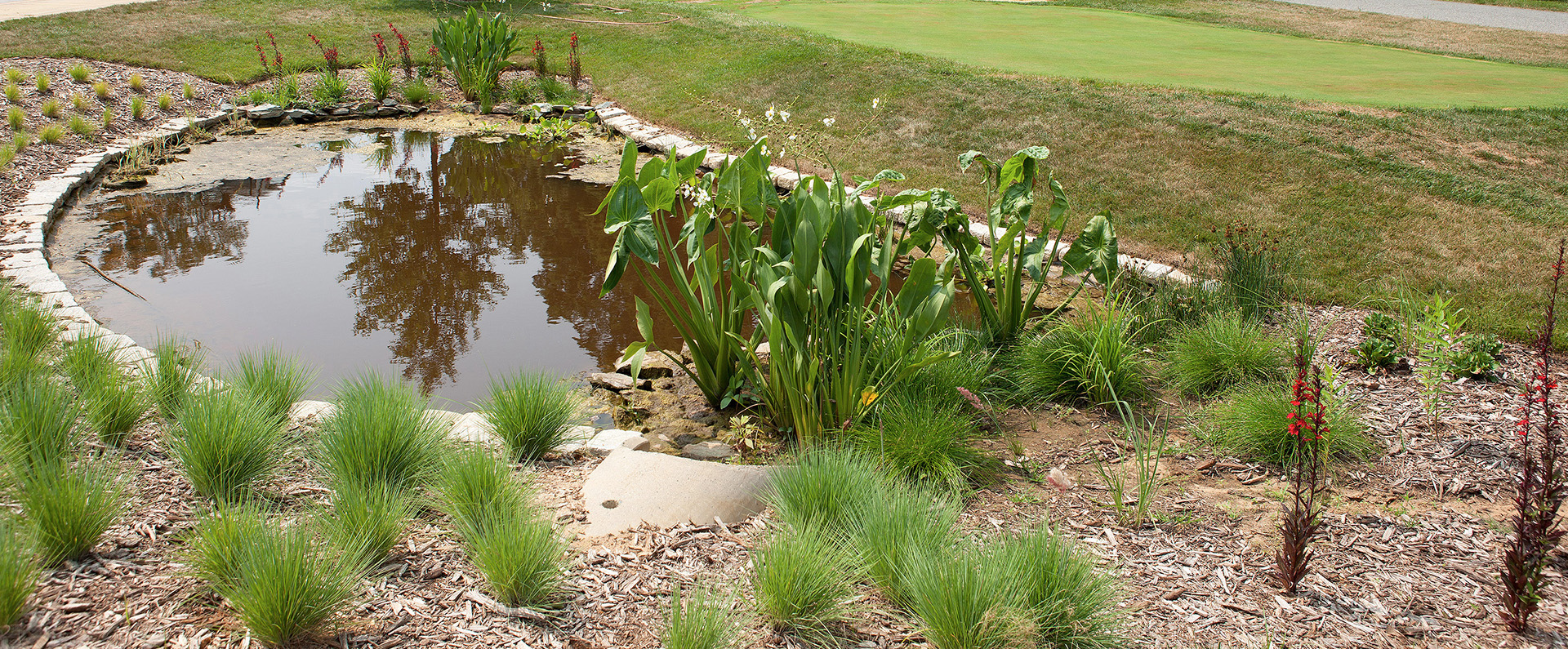Educating the Public on Turfgrass

In collaboration with the turfgrass industry, ARS scientists developed a new exhibit called "Grass Roots" to educate the public on the importance, diversity, and benefits of turfgrass and their crop relatives. As part of this partnership, ARS developed a 1.3-acre outdoor exhibit at the U.S. National Arboretum in Washington, DC. The exhibit presents fundamental information about turfgrass, including its value as a landscape element and scientific efforts to improve turfgrass and turfgrass management. The exhibit features a small putting green and an array of grain crops such as wheat and sorghum. Tens of thousands of people have visited the exhibit and the Web site to learn about the importance of turfgrass to the U.S. economy and the environment.
ARS also promotes scientific literacy by sharing scientific data, which often accelerates scientific discoveries and improvements. ARS scientists partnered with university cooperators at the iPlant Collaborative—a national project to facilitate access to high-performance computing, software, and DNA sequence analysis tools—to facilitate scientific innovation. As a result, the team developed a series of coordinated software programs that, for the first time, will enable researchers to assemble the rice genome in a day. Knowledge of crop sequencing and crop genomes is critical for accelerating progress in crop research and genetic improvement. Such information is particularly important for identifying gene sources to increase yield, enhance disease resistance, and accelerate adaptation to weather extremes. The iPlant Collaborative has been expanded to include an iAnimal project.
Related Information
Article: The Greatest Show on Turf
Website: The Grass Roots Initiative: A Science-Based Focus on Turfgrass
Website: iPlant Collaborative
YouTube video: iPlant Collaborative



